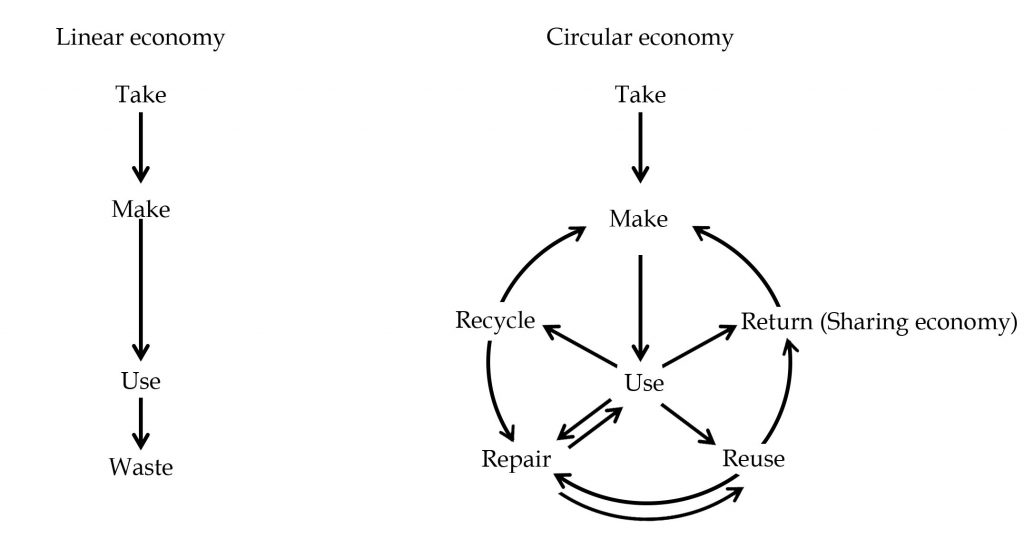Evaluating stories and images can help people learn to see the paradigms that influence the behaviors and values of their own culture. It also allows people to reflect on the subconscious ways these paradigms might be influencing their own thinking or behavior. I hope the small number of “evaluation exercises” in this work are therefore useful, even though they are obviously quite simple compared to the work professional evaluators carry out.
The UN 2020 Human Development Report hopes to advance the same paradigm shift that’s set the evaluation community on fire. It calls on nations “to redesign a path to progress that respects the intertwined fate of people and planet” because “our future is not a question of choosing between people or trees; it is neither or both” (HDR 2020: Foreword). So the report is all about restoring, or at least recognizing, relationships between people and the natural world — which is of course what you’re all about if you found the paper that referenced this one and provided its url. So everyone involved in this exercise — you, me, and the people who produced the report I’m citing — we are all on the same page.
In a chapter specifically about “stewardship of nature,” an illustration of “How the circular economy differs from the linear” compares “linear extractive” economies to “circular principles [that] require closing loops through reuse and recycling all along the supply chain to form circular supply chains” (HDR 2020:86). That’s the image reproduced below. Take a look at these diagrams for a moment, with an eye to evaluating them paradigmatically. Then scroll down further to see some questions underneath that can help you think about the paradigmatic issues here. There are also links down there to two different pages with redrawn figures you can look at once you’ve thought about them yourself.
It’s important to point out that, if I correctly understand the text in the UN report, the linear economy diagram is intended as something of a “before” picture that needs to be changed into the circular economy on the right. But, unfortunately, the primary paradigm of human-nature relationship visible in the linear economy diagram persisted into the circular one next to it. So we need to evaluate both diagrams as they stand in order to really see what’s going on here.
I suggest you start by evaluating only the simpler linear economy diagram on the left, by the way. Once you’ve done that, then you can go back and evaluate the circular economy diagram on the right.

Questions to help you think about what you’re seeing in these diagrams:
In an economy where people are connected to nature, what does “take” mean at the top of both diagrams? Who is taking what from what? Are that “taker” and “takee” part of the economy in some way? If so, should the taker and the takee be represented in the diagram? How might you add them if you redrew this?
In a similar way, who “makes” what? (The “who” and the “what” are two separate things, so think about both of them.) Who “uses” what? Who “wastes” what? Where does the wasted stuff go once it’s wasted? Does it completely disappear? Are the “who” and “what” in these interactions part of the economy? How would you add them to the diagram if they are?
The words take, make, use, and waste are verbs. In diagrams of this type, verb-actions are usually represented by arrows. The words the arrows connect are usually nouns in that type of diagram. The arrows show how some noun-things act upon (verb) other noun-things. Which nouns seem to be missing here? Where would you put those nouns if you redrew the diagram? How might the changes you’ve made to the diagram so far situate the linear economy within the natural world, as an integral part of it?
Now look at that “waste” part again. What is the “wastee” and where does it go? How does this relate to the “takee” thing at the very top of the diagram? (It will be easier to think about this if you really plug in some nouns and sketch out a revised diagram with those nouns in it so you can see it.)
Got it? OK, so now pick which way you want to go next.
— One option is that you can go ahead and see the way I redrew the linear economy diagram here, and compare it to the way you’re thinking about all this. Then you can come back to this page and do the circular economy diagram.
— Another option is that you can work back through all these questions as they apply to the circular economy diagram first, and then look at how I’ve redrawn both diagrams once you’ve thought about the entire situation.
The order you do things in is up to you. Just remember to add a consideration of the additional verbs in the circular economy diagram to your thoughts. (By the way, a redrawn circular economy diagram is complicated, so don’t worry if your sketch winds up being a bit of a mess. That’s ok. The point of the exercise is simply to really see, with your own perceptive awareness, the paradigm that’s present in this diagram, and to comprehend the degree to which an old paradigm can unexpectedly come out of our subconscious to sabotage our attempt to be in a new paradigm by making things that fit our old habits of perception seem somehow “normal”.)
My redrawn linear economy diagram is here.
My redrawn circular economy diagram is here.
Click here to return to the list of pages at Weaving the Basket.
Click here for list of References.
